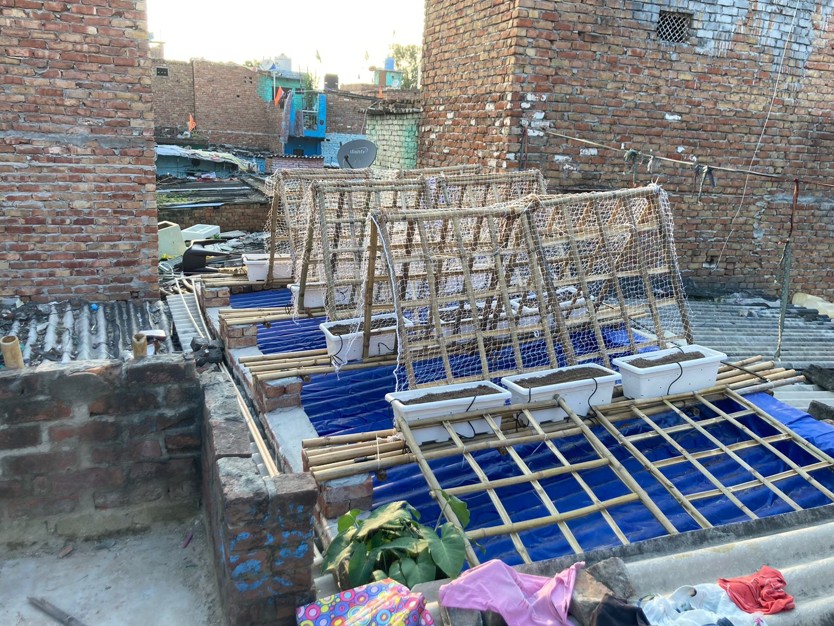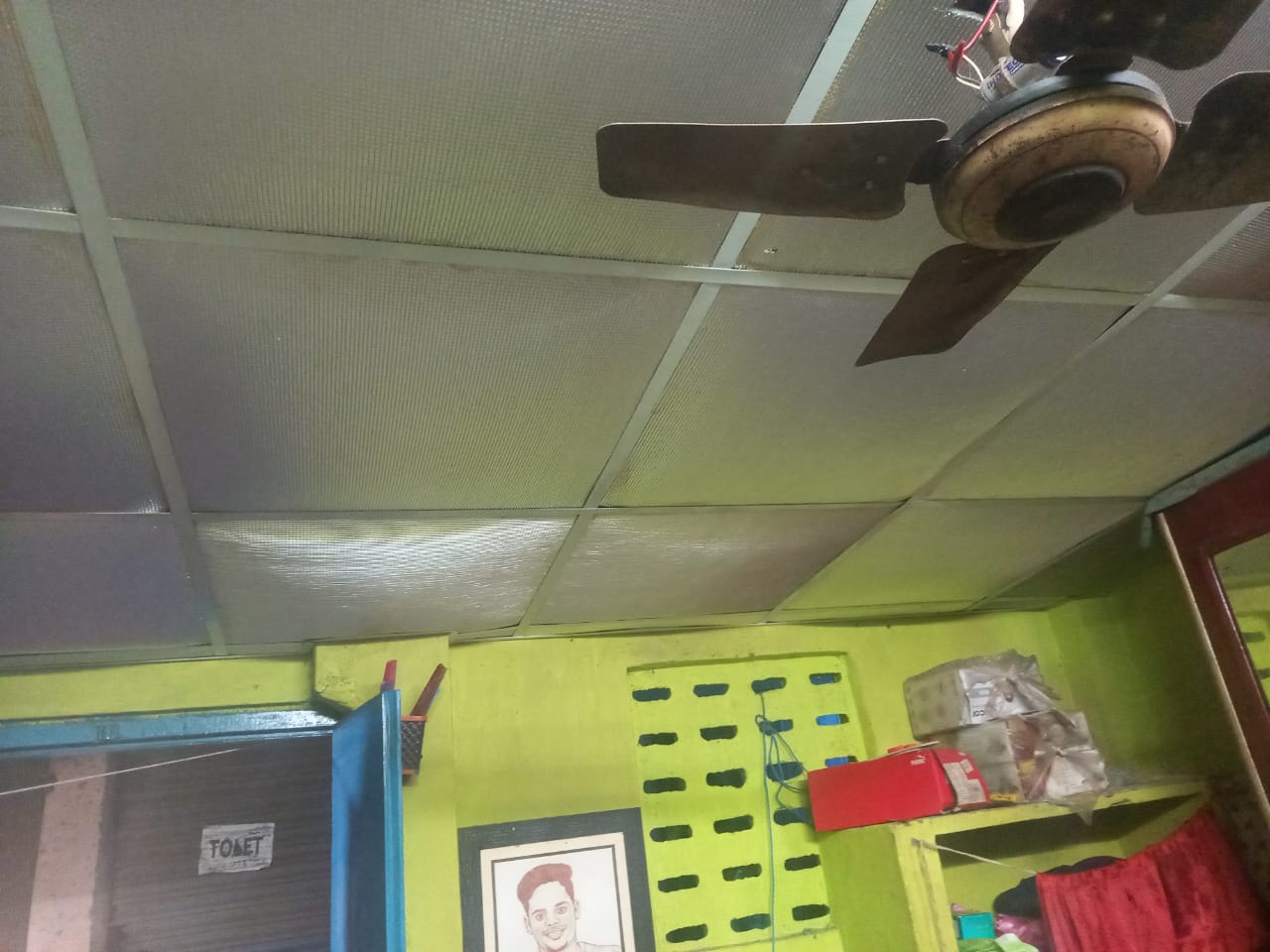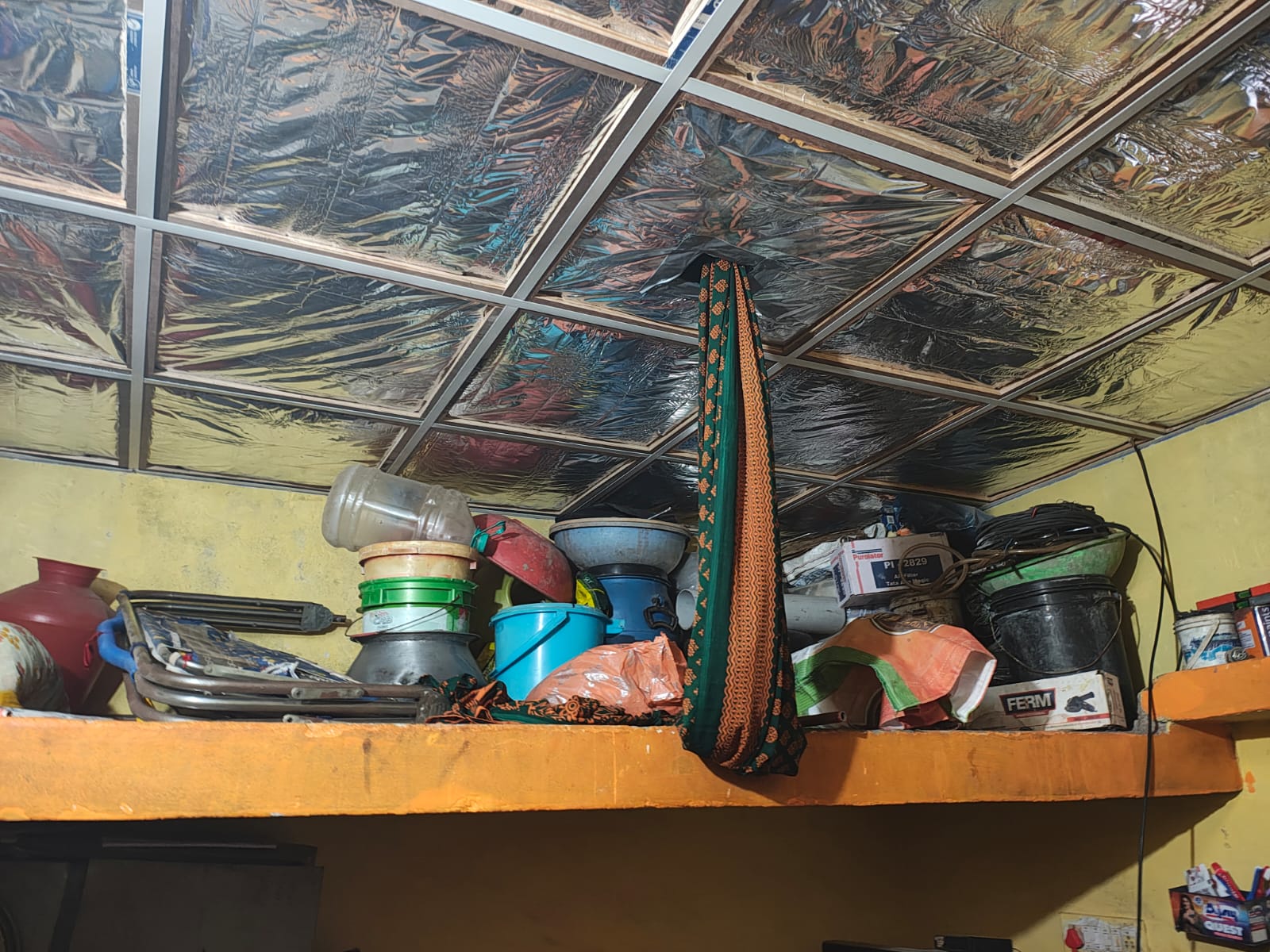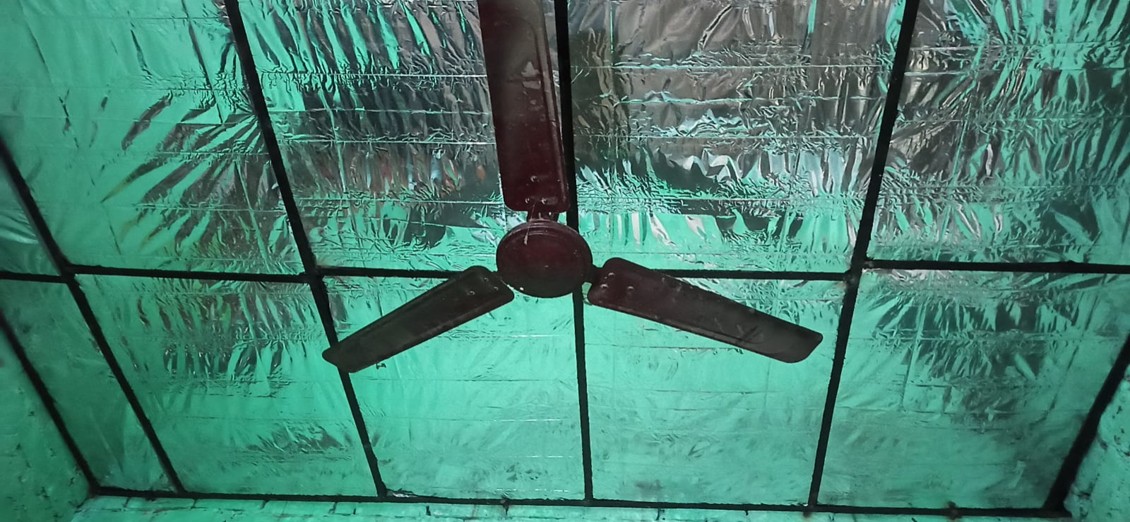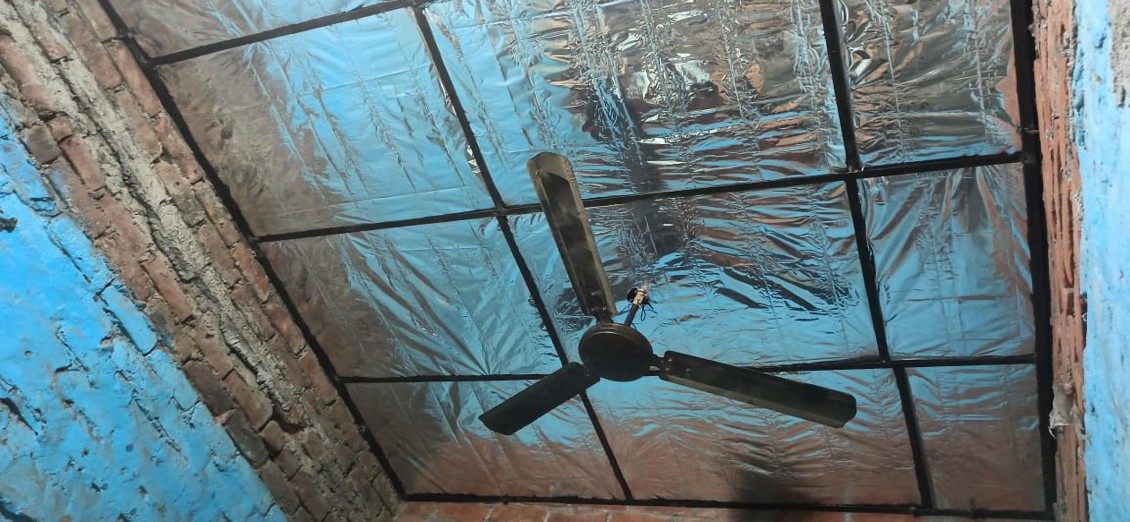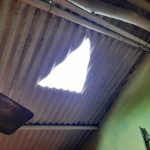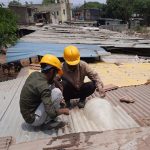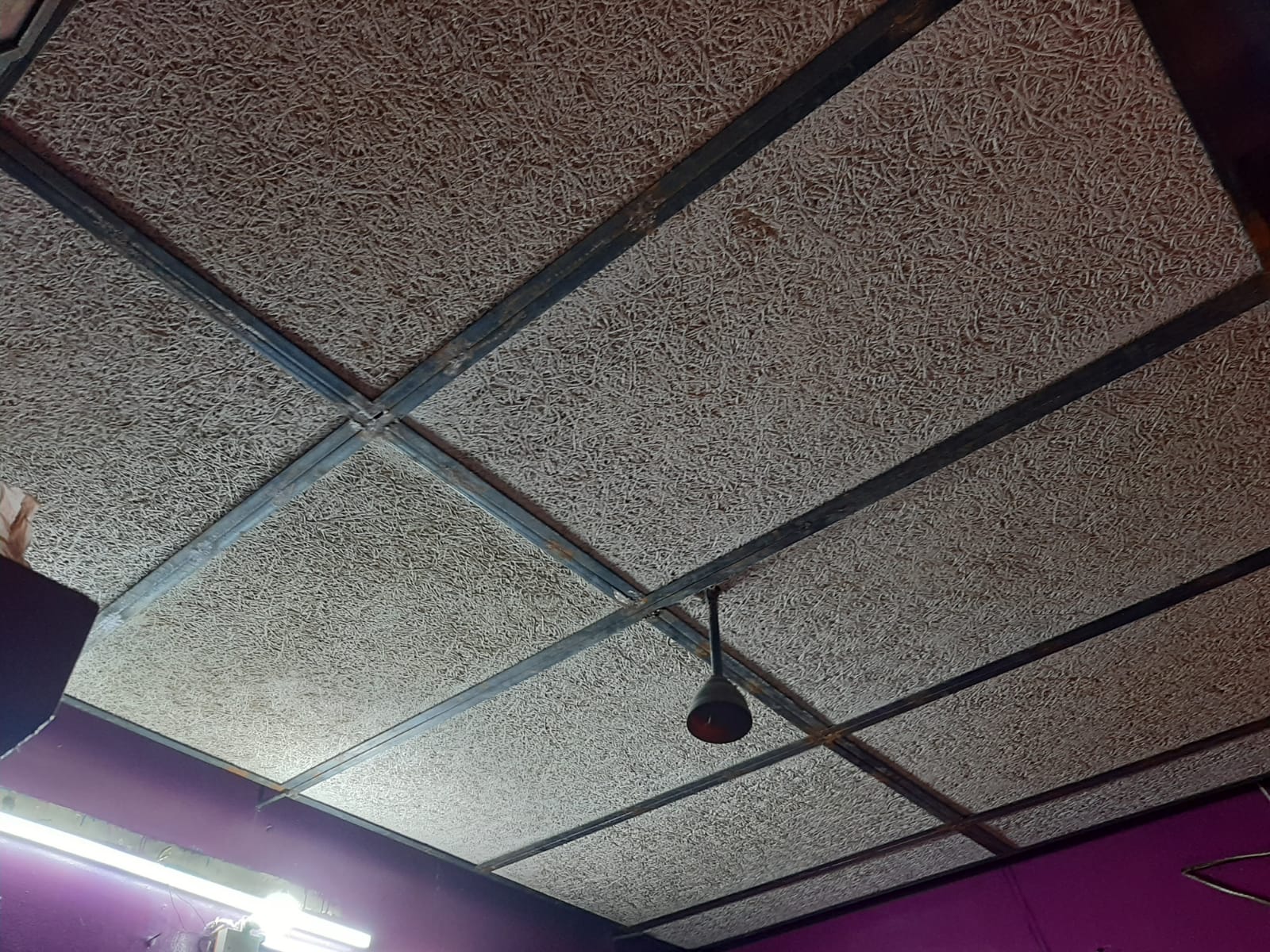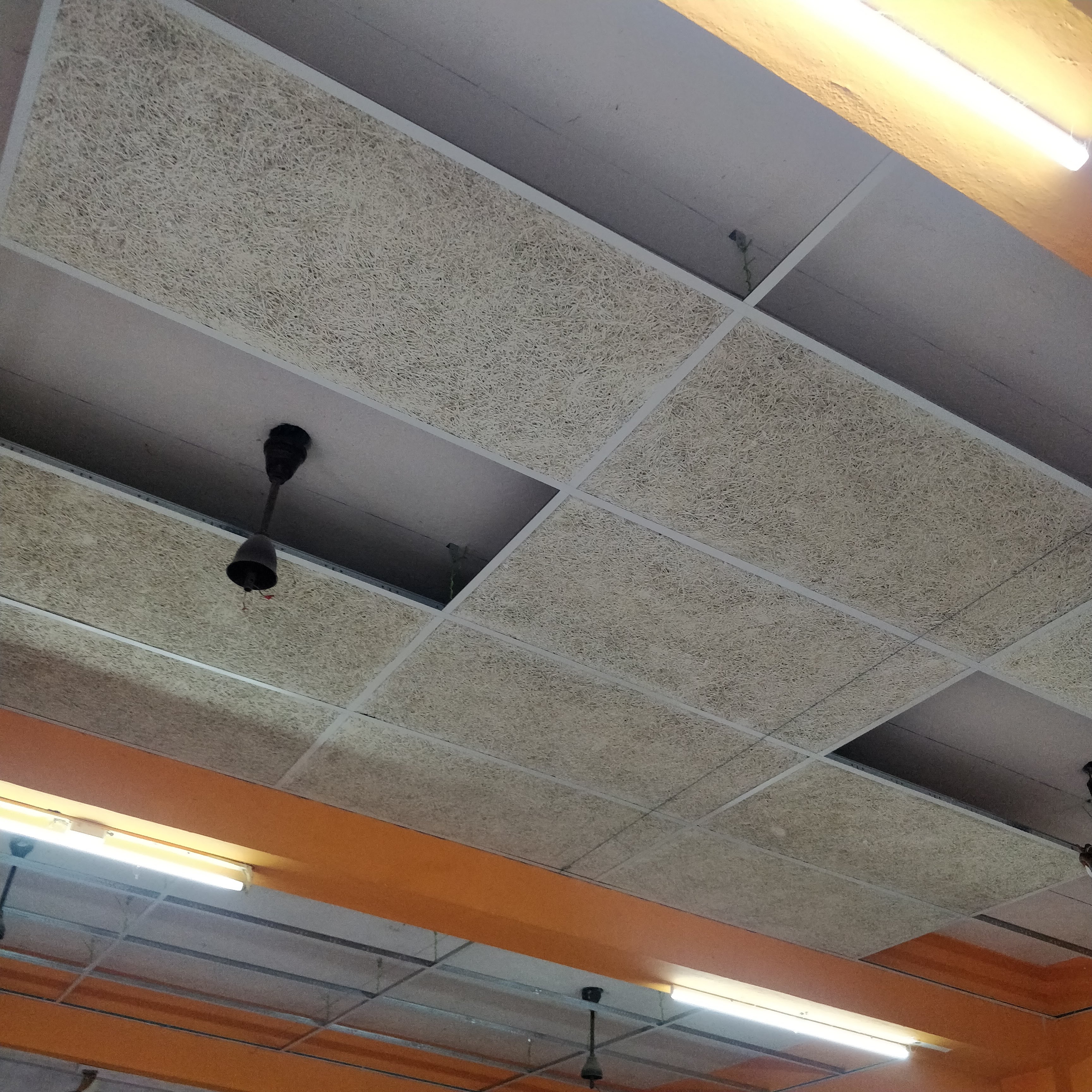Thermal Comfort in Informal Communities (ThermIC)
Supporting the Resilient Communities of the Urban Poor in India in their efforts of living in dignified and thermally comfortable homes.PREMISE
Informal research studies of thermal conditions in Urban Slum dwellings in Mumbai and Pune have revealed roof temperatures in excess of 50°C even when air temperatures are a moderate 30°C. This leads to air temperatures inside informal dwellings to be too hot to inhabit during summers in India; the building structure often does not cool down adequately to enable comfort till about 11 pm or 12 midnight. Consequently, inhabitants of these structures suffer intense thermal stress which is compounded by lack of adequate rest and sleep since as they routinely spend time outdoors out of compulsion rather than attempt sleeping in a room where the air temperature borders 40°C . The situation is profoundly unsettling when power cuts and the inability to operate fans during summer nights are accounted for; further aggravating the human misery. The proposed solutions seeks to directly address this social inequity related to unacceptable energy access disparity and concomitantly mitigate po.tential greenhouse gas emissions from the legitimate cooling needs of this largely neglected rights-holders in urban societies.
Program Overview
Passive-Design-based Rooftop Retrofit Solutions
Building Physics – Concepts and Solution's Development Rationale
- Rooftop radiant temperature: Temperature at which the roof radiates downwards to occupants (the ‘felt’ temperature which can reach 52 degrees C in tin/cement asbestos sheet roofs during summers in tropical areas.)
- Mean radiant temperature: average radiant temperature of all surfaces (walls, roof, floor) at which the roof radiates towards occupants (can reach 38 degrees in homes with tin/cement asbestos sheet roofs and single-layer brick walls)
- Primary methods of thermal ‘control’ are: 1) ventillation, 2) insulation, 3) shading, 4) radiation barrier & night sky radiation, 5) thermal mass, and 6) reflection.
- Ventillation: limited by a) small windows, narrow alleys, b) ‘packing’ envelope with tarpaulins during monsoons, c) extremely low specific heat-capacity of air (i.e. need large flowrates to carry away heat)
- Insulation: only ‘delays’ heat, once the heat has ‘hit’ the structure it will find a way into the indoor environment regardless
- Reflection: requires intense maintenance to keep surfaces reflecting – to expect this in informal settlements demonstrates poor understanding of context.
- Radiant barrier/night sky radiation: relatively unexplored and is one of our key focal points.
Solutions Summary
Radiant-Barrier & Night-Sky Radiation
Rooftop Garden
Thermal Mass
Radiant Barrier Internal
Ventilation
Insulation
Chain & Sprocket Mechanism with Alufoil as Radiant Barrier
Chain & Sprocket Mechanism with Alufoil as Radiant Barrier
Chain & Sprocket Mechanism with ECOBoard as Radiant Barrier
Chain & Sprocket Mechanism with ECOBoard as Radiant Barrier
Pipe Motor Mechanism with Alufoil as Radiant Barrier
Space Frame Modular Design with Alufoil as Radiant Barrier
Chain & Sprocket Mechanism with Recycled MLP as Radiant Barrier
Vertical Bamboo Blinds
Thermal Mass Water-Filled PET Bottles
Internal Dynamic Mechanism with MLP as Radiant Barrier



